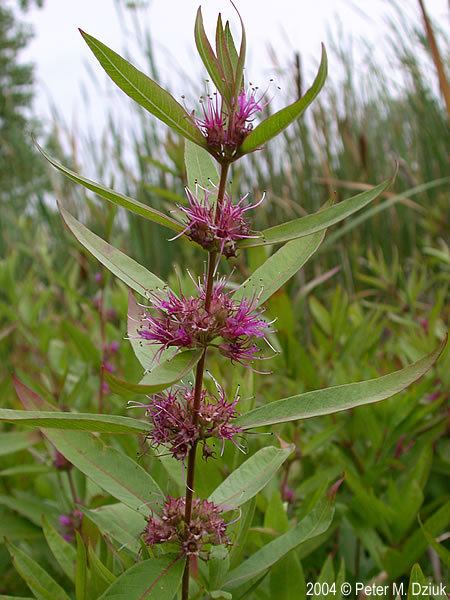Genus DecodonJ.F.Gmel. Rank Species | Scientific name Decodon verticillatus | |
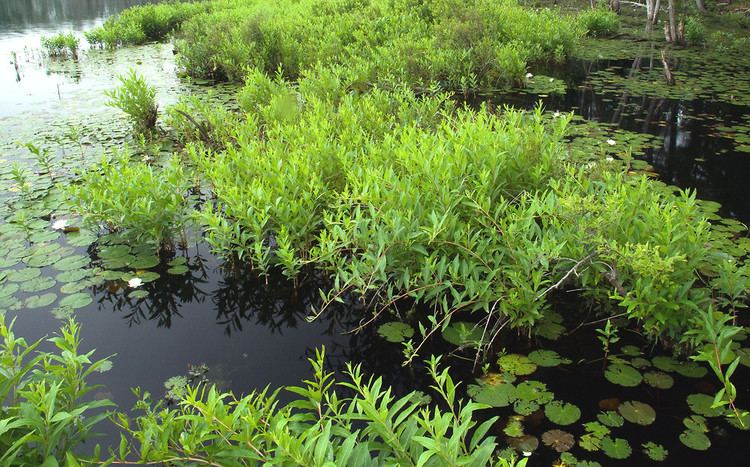 | ||
Similar Heimia, Pleurophora, Duabanga, Lythrum, Darapsa versicolor | ||
Swamp loosestrife decodon verticillatus
Decodon verticillatus, the sole species in the genus Decodon, is a flowering plant in the Lythraceae family. It is commonly known as waterwillow or swamp loosestrife. It is native to wetlands in the eastern half of the United States and Canada.
Contents
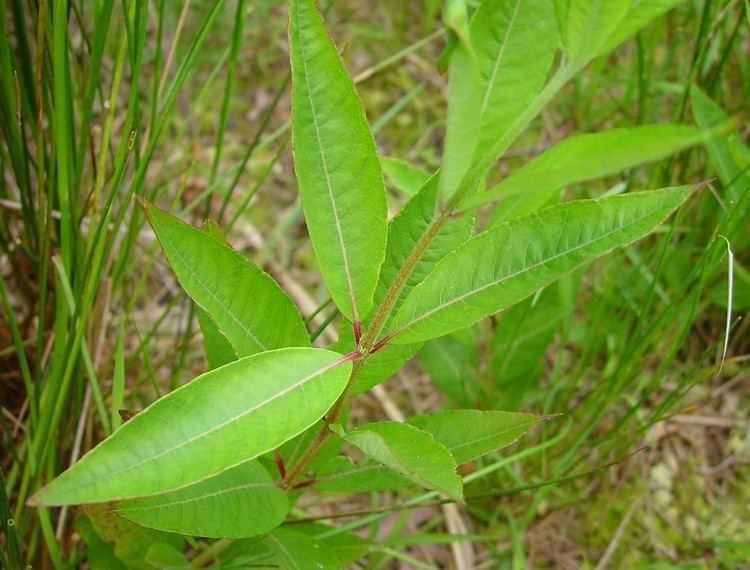
Description
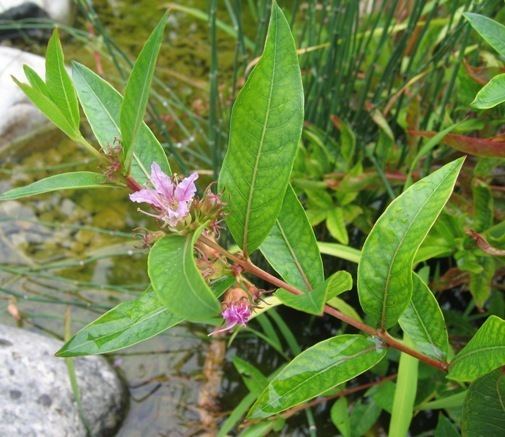
Waterwillow is a clump-forming shrubby perennial that grows in swamps or shallow water. The stems are arching, angular, smooth and woody near the base, and up to eight feet (2.4 m) tall. They sometimes root at the tip when they bough over and touch the mud. The leaves are lanceolate, either in opposite pairs or in whorls of three or four. They are up to five inches (130 mm) long and one inch (25 mm) wide, smooth above and hairy beneath, on very short stalks. The rose-pink flowers grow in axillary clusters. The calyx is cup shaped, the corolla under one inch (25 mm) wide with usually five petals narrowing at the base. The ten stamens are projecting with five longer than the rest. There is one pistil, one style and a superior ovary. The fruit is a spherical dark brown capsule with numerous reddish seeds. Flowering takes place in June and July.
Habitat
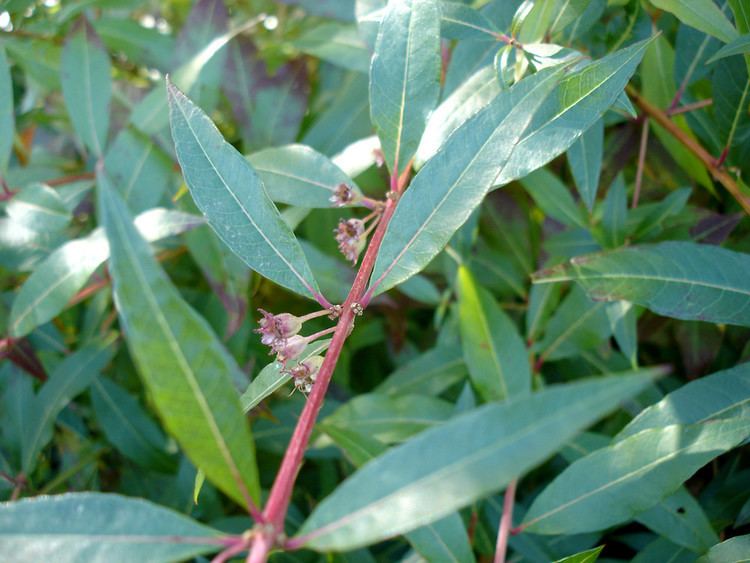
Waterwillow is found in swampland, in ditches, besides streams and in shallow water at the edges of ponds and lakes. It often forms thickets and occurs in the United States from Maine to Florida and west to Minnesota, Tennessee and Louisiana, as well as in eastern Canada.
Fossil record
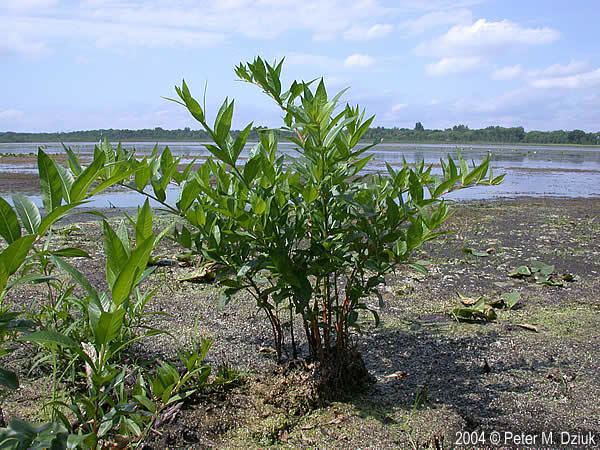
Seeds of Decodon from the late Campanian (73.5 MA) of northern Mexico is the earliest fossil record of the genus.
Associated species
